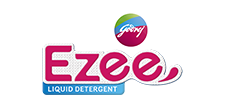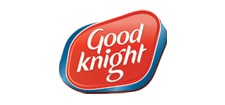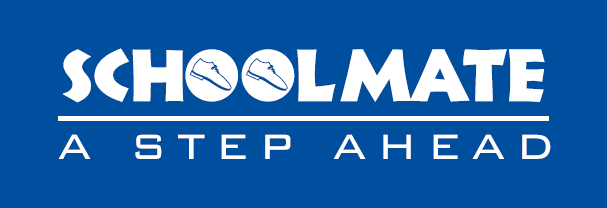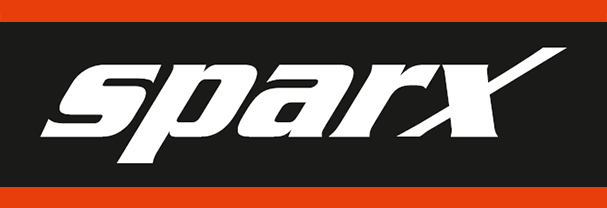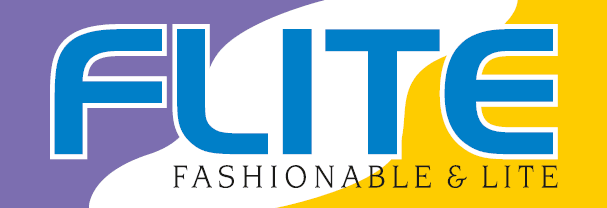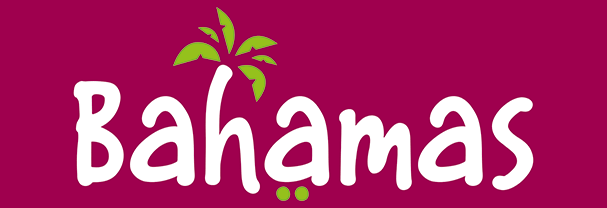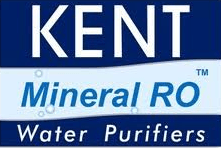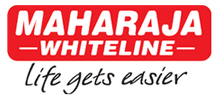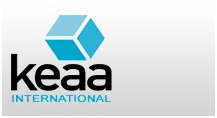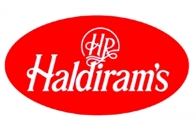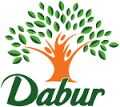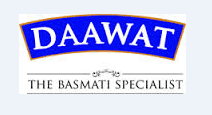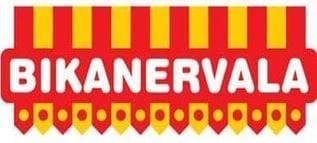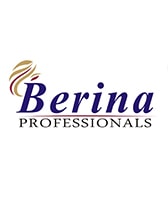Acts and Rules
Case Laws
The umbrella legislation relating to patents is the Patents Act, 1970, last amended in 2005 and Patent Rules in 2013. The term ‘patent’ is defined as a monopoly right which is granted to a person who has invented a new and useful article, or an improvement of existing article, or a new process of making an article. It consists of an exclusive right to manufacture the new invented article or manufacture an article according to the invented process for a limited period. Inventions that consist of products or new alloy are called product invention and the corresponding patent to this is referred to as ‘product patent’. Whereas, an invention that consists of a process(es) of making a known or new alloy is a process invention and patent for this is called a ‘process patent’. This Act only provided for process patent and for product like food, pharmaceutical and chemicals, the inventors were granted only EMR (exclusive marketing rights).
Patent system in India is administered under the superintendence of the Controller General for Patents, Designs, Trademarks and Geographical Indication. The Office of the Controller General functions under the Department of Industrial Policy and Promotion, Ministry of Commerce and Industry. The Controller General directs and supervises the functioning of the Patent Office and the Patent Information Systems (PIS). The Patent Office performs the statutory duties in connection with the grant of patents for new inventions under the Patents Act. The Head Office of Patents is at Kolkata with branches at Mumbai, Chennai and Delhi. The branches deal with the applications for patents originating within their respective territorial jurisdiction. The Patent Information system (PIS) at Nagpur has been functioning as patent information base for the users. The PIS maintains a comprehensive collection of patent specification and patent related literature, on a world-wide basis and provides technological information contained in patent or patent related literature through search services and patent copy supply services to various users of R&D establishments, Government offices, private industries, business, inventors and other users within India.
The main provisions of the Act are:-
- The Controller General of Patents, Designs and Trade Marks appointed under the Trade and Merchandise Marks Act, 1958, shall be the Controller of Patents for the purposes of this Act. Also, there shall be a ‘patent office’ for the purpose of facilitating the registration of patents at such places as the Central Government may specify.
- There shall be kept at the patent office a ‘register of patents’ wherein shall be entered:-
- he names and addresses of grantees of patents;
- Notifications of assignments, extensions, and revocations of patents; and
- Particulars of such other matters affecting the validity or proprietorship of patents as may be prescribed.
- An application for a patent for an invention may be made by any of the following persons:-
- By any person claiming to be the true and first inventor of the invention;
- By any person being the assignee of the person claiming to be the true and first inventor in respect of the right to make such an application;
- By the legal representative of any deceased person who immediately before his death was entitled to make such an application.
- The following are not inventions within the meaning of this Act:-
- An invention which is frivolous or which claims anything obvious contrary to well established natural laws;
- An invention the primary or intended use of which would be contrary to law or morality or injurious to public health;
- The mere discovery of a scientific principle or the formulation of an abstract theory;
- Tthe mere discovery of any new property of new use for a known substance or of the mere use of a known process, machine or apparatus unless such known process results in a new product or employs at least one new reactant;
- A substance obtained by a mere admixture resulting only in the aggregation of the properties of the components thereof or a process for producing such substance;
- The mere arrangement or re-arrangement or duplication of known devices each functioning independently of one another in a known way;
- A method or process of testing applicable during the process of manufacture for rendering the machine, apparatus or other equipment more efficient or for the improvement or restoration of the existing machine, apparatus or other equipment or for the improvement or control of manufacture;
- A method of agriculture or horticulture;
- Any process for the medicinal, surgical, curative, prophylactic or other treatment of human beings or any process for a similar treatment of animals or plants to render them free of disease or to increase their economic value or that of their products.
- Every application for a patent shall be for one invention only and shall be made in the prescribed form and filed in the patent office. Every application shall state that the applicant is in possession of the invention and shall name the owner claiming to be the true and first inventor; and where the person so claiming is not the applicant or one of the applicants, the application shall contain a declaration that the applicant believes the person so named to be the true and first inventor. Every such application shall be accompanied by a provisional or a complete specification.
- Where an application for a patent (not being a convention application) is accompanied by a provisional specification, a complete specification shall be filed within twelve months from the date of filing of the application, and if the complete specification is not so filed the application shall be deemed to be abandoned. Every complete specification shall:-
- Fully and particularly describe the invention and its operation or use and the method by which it is to be performed;
- Disclose the best method of performing the invention which is known to the applicant and for which he is entitled to claim protection; and
- End with a claim or claims defining the scope of the invention for which protection is claimed.
- At any time within four months from the date of advertisement of the acceptance of a complete specification under this Act (or within such further period not exceeding one month in the aggregate as the Controller may allow on application made to him in the prescribed manner before the expiry of the four months aforesaid) any person interested may give notice to the Controller of opposition to the grant of the patent on any of the following grounds, namely: –
- That the applicant for the patent or the person under or through whom he claims, wrongfully obtained the invention or any part thereof from him or from a person under or through whom he claims;
- That the invention so far as claimed in any claim of the complete specification has been published before the priority date of the claim:-
- in any specification filed in pursuance of an application for a patent made in India on or after the 1st day of January, 1912; or
- in India or elsewhere, in any other document.
- That the invention so far as claimed in any claim of the complete specification is claimed in a claim of a complete specification published on or after the priority date of the applicant’s claim and filed in pursuance of an application for a patent in India, being a claim of which the priority date is earlier than that of the applicant’s claim;
- That the invention so far as claimed in any claim of the complete specification was publicly known or publicly used in India before the priority date of that claim.
- hat the invention so far as claimed in any claim of the complete specification is obvious and clearly does not involve any inventive step;
- That the subject of any claim of the complete specification is not an invention within the meaning of this Act, or is not patentable under this Act;
- That the complete specification does not sufficiently and clearly describe the invention or the method by which it is to be performed;
- That in the case of a convention application, the application was not made within twelve months from the date of the first application for protection for the invention made in a convention country by the applicant or a person from whom he derives title, etc.Where any such notice of opposition is duly given, the Controller shall notify the applicant and shall give to the applicant and the opponent an opportunity to be heard before deciding the case.
- Where a complete specification in pursuance of an application for a patent has been accepted and either:-
- the application has not been opposed and the time for the filing of the opposition has expired; or
- the application has been opposed and the opposition has been finally decided in favour of the applicant; or
- the application has not been refused by the Controller by virtue of any power vested in him by this Act; then the the patent shall, on request made by the applicant in the prescribed form, be granted to the applicant or, in the case of a joint application, to the applicants jointly, and the Controller shall cause the patent to be sealed with the seal of the patent office and the date on which the patent is sealed shall be entered in the register.
- The term of every patent granted and the term of every patent which has not expired and has not ceased to have effect under this Act, shall be twenty years from the date of filing of the application for the patent.
- Where an application is made for a patent in respect of any improvement in or modification of an invention described or disclosed in the complete specification filed thereof and the applicant also applies or has applied for a patent for that invention or is the patentee in respect thereof, the Controller may, if the applicant so requests, grant the patent for the improvement or modification as a patent of addition. A patent of addition shall be granted for a term equal to that of the patent for the main invention.
- At any time after the expiration of three years from the date of the sealing of a patent, any person interested may make an application to the Controller alleging that the reasonable requirements of the public with respect to the patented invention have not been satisfied or that the patented invention is not available to the public at a reasonable price and praying for the grant of a compulsory licence to work the patented invention.
- If any person fails to comply with any direction given under the Act or makes or causes to be made an application for the grant of a patent in contravention of the Act, he shall be punishable with imprisonment or with fine or with both.
- This Act has been amended by the Patents (Amendment) Act, 2002 and the Patents (Amendment) Act, 2005 to take care of India’s obligations under the TRIPS Agreement. After the amendments, product patent (instead of process patent) is being granted for food, pharmaceutical and chemical products. Also, along with post grant opposition to patents, pre-grant opposition is also permissible.
 Android
Android



